Admin Feast: From Starters to Mains, and Now Ashley’s Dessert of Top CRM Tips!
In this final installment of our series on CRM administration, we dig in to Ashley’s best administration advice, which reflects years of experience and the apex of our collective journey. These suggestions, like our earlier ones, aren’t ranked, but they perfectly capture the collective wisdom we’ve accumulated over time. We cordially invite our readers to take part as we unveil each gem. If you have any additional information or interesting suggestions, please add to our debate in the comments or on social media. Our CRM community thrives on shared knowledge and progressive collaboration.
Liz had already set the table with a mouthwatering entrée and discussed her administrative techniques. Ali then served up a filling main course while specializing in administrative tools. It’s time for the delicious conclusion, so let’s savor Ashley’s dessert of information.
1. Utilize an ISV where it makes sense
For CRM administrators, utilizing Independent Software Vendors (ISVs) can be a game-changer. Even though Dynamics provides a powerful platform, there are some particular requirements or peculiar processes that may be better served by specialized solutions. ISVs increase Dynamics’ versatility by offering solutions that are specialized for different sectors and business sizes. I highly recommend Data8, a tool with a focus on data duplication and validation. Data management is essential for administrators, and automating these operations can save a lot of time. Investigate AppSource for potential ISV solutions if you’re having problems. Keep in mind that the time and money saved over time can frequently make the investment in an ISV worthwhile.
2. Leverage calculated and roll-up columns
Dynamics’s roll-up and calculated columns can make managing data and doing calculations much easier. These columns automatically conduct arithmetic operations, assisting with tasks like forecasting, as opposed to relying on manual computations or external programs like Excel. Businesses can improve productivity, streamline procedures, and cut errors by combining these columns. There are restrictions on their utilization, but innovative solutions like joiner tables can increase their potential. Overall, they are useful tools that are frequently underused.
3. Take the time to rollout Business Process Flows
Business Process Flows (BPFs) are effective resources that are frequently underused. By directing users through specified processes, these flows guarantee consistency and effectiveness. BPFs can streamline user interactions by putting crucial steps at the top of the form and allowing for automation within steps. However, developing a consistent method is frequently more difficult than using technology. BPF adoption is difficult in many organizations since there is often a lack of standardized processes. Prioritizing process improvement and establishing distinct processes is essential before incorporating them into the CRM. BPFs not only simplify processes but also act as crucial onboarding resources for new hires.
4. My XrmToolBox hits
The model-driven app copier has completely changed my life. While it may be tempting to directly customize the out of the box model-drive apps like the Sales Hub, it is advised to make your own to prevent more problems. Before, it took a lot of work to recreate these duplicate apps so they looked like the originals. The model-driven app copier, on the other hand, makes it simple to clone an app while keeping all of its features and then change it as necessary. By eliminating the bother of creating apps from start, this technology has helped me.
Accidental deletions are particularly problematic in a complex system like Dynamics. Even though it’s important to inform users of the effects of deletions, mistakes do occur. In such circumstances, the recycle bin tool comes in quite handy. The recycle bin enables you to check deleted items and recover them if auditing is enabled. But it’s important to be conscious of its limitations, especially when it comes to interpersonal connections. For instance, it can be difficult to restore an account whose primary contact has been erased. The recycle bin, despite its limitations, is a crucial tool for any CRM administrator.
Large-scale data management is a typical CRM difficulty that the bulk data updater tool makes simple. This program enables updating hundreds of thousands of entries in a fraction of the time as opposed to updating records in small batches. It also provides the capability to “touch” a record, initiating business rules or workflows without really making any changes.
We’ve just finished our three-course “favorite CRM admin tips” feast, and it’s been a delicious ride. Liz gave us a pleasant appetizer demonstrating her administration best practices. In the main course, Ali served up her top administration tools. Ashley concluded with a dessert of priceless advice on using the tools Microsoft gives you. Despite the size and diversity of the Dynamics ecosystem, administrators are well-equipped to prepare for success thanks to the tools and knowledge offered. This series focused on the skill of tailoring Dynamics environments to each organization’s particular preferences in an effort to create a more enjoyable experience for end users. Although we’re clearing the table on this series, we look forward to seeing the “seasoning” of input from our readers and the Dynamics community to make our journey even more unique.
Check out our CRM Admin podcast series…

Recent Comments